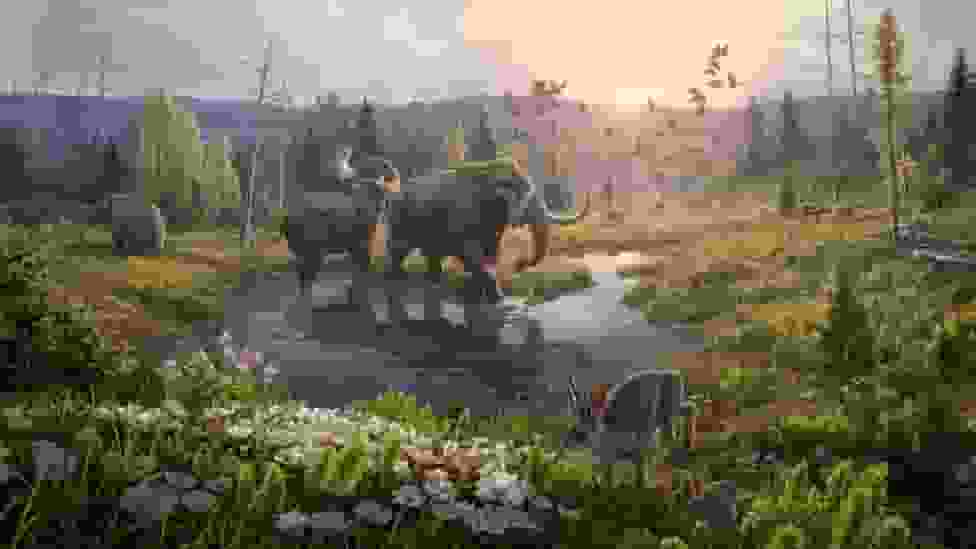In a significant development for genetic studies, researchers have located what is by far the oldest DNA ever found.
According to a recent study, the 2-million-year-old DNA provides a previously unattainable look at a distinct Ice Age ecosystem that existed in the distant past and also provides an ominous insight into our own future on a warming planet.
Oldest DNA Found in Greenland
Environmental (eDNA), a genetic jumble that reflects a whole habitat that was collected from the Kap Kbenhavn Formation, a fossil bed that is located in a polar desert in Northern Greenland, was the foundation for the finding of this lost planet.
The genetic material at this location, which is a full million years older than the next-oldest DNA discovered in a mammoth tooth, has been preserved in an unmatched manner thanks to the site’s frozen landscape and mineral conditions.
Since 2006, scientists have laboriously collected and examined samples from Kap Copenhagen under the direction of Eske Willerslev, an evolutionary geneticist at the University of Cambridge.
In a study published on Wednesday in Nature, the team describes a “reconstructed ecosystem [that] has no modern analog,” home to mastodons, reindeer, geese, horseshoe crabs, corals, and other lifeforms that thrived around an open boreal forest when this area of Greenland was 11 to 19°C warmer than it is now.
Read more: Weight loss medicine is now viral in TikTok; Is it safe?
Biggest Surprise in Ecology

In a news conference on Tuesday with several other study co-authors, Willerslev said, “It was incredibly exciting when we recovered the DNA of a quite different ecosystem.” Naturally, the ability to travel back in time is significant, but so is the period to which we can return.
“A climate that is quite close to what we expect to confront with global warming” was present at this time when it was “much warmer.”
Naturally, it conveys some notion or sense of how nature would react to rising temperatures, he said. “The biggest surprise is that the ecology we are seeing has no contemporary equivalent. It’s a hybrid of species from the Arctic and the temperate zones, which is unusual nowadays.
Read more: Why 9 in 10 people will experience a rare ‘moment of absolute darkness’


